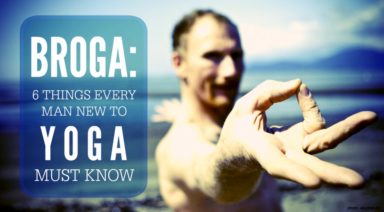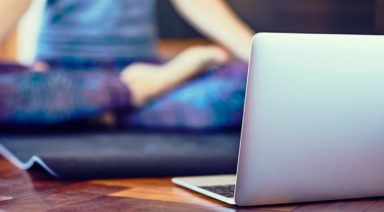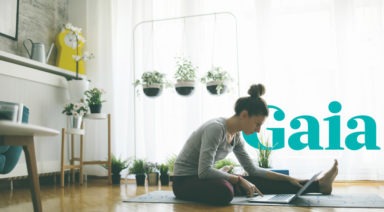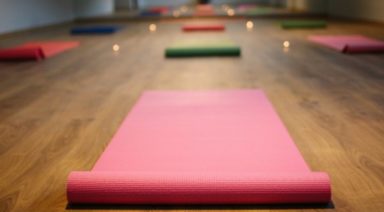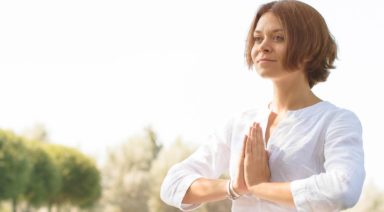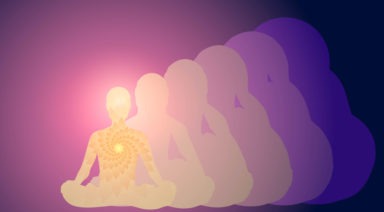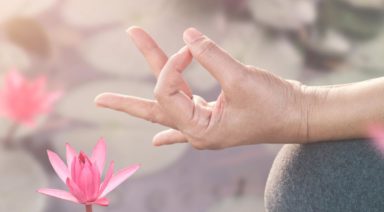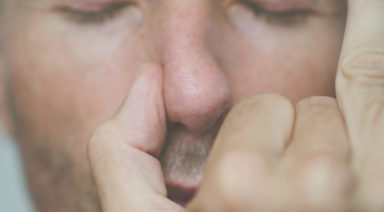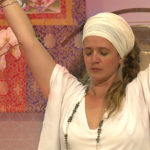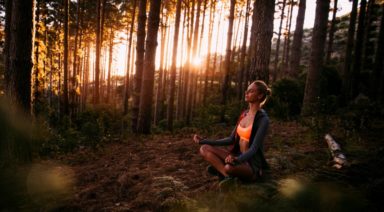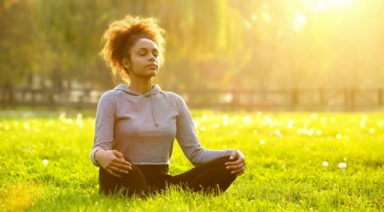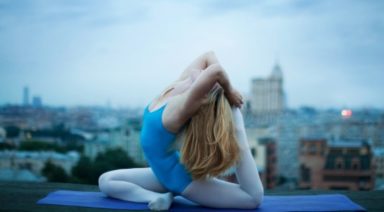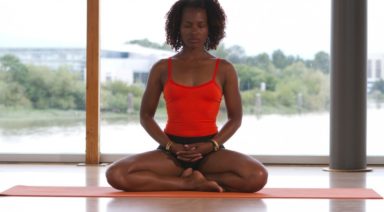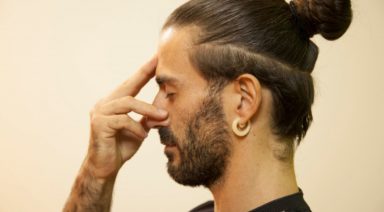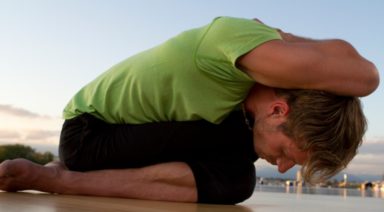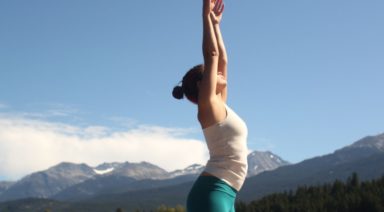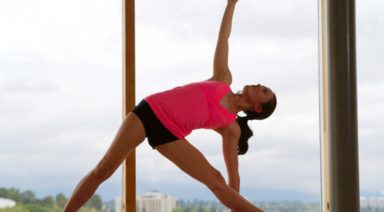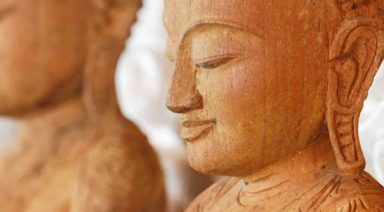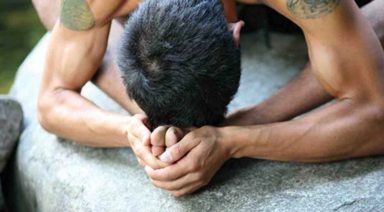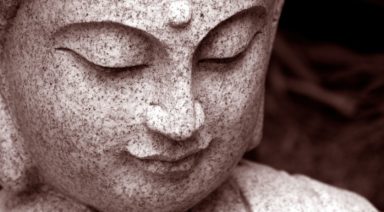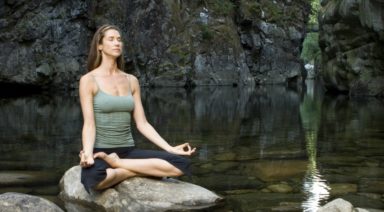5 Things Every New Yogi Needs to Know
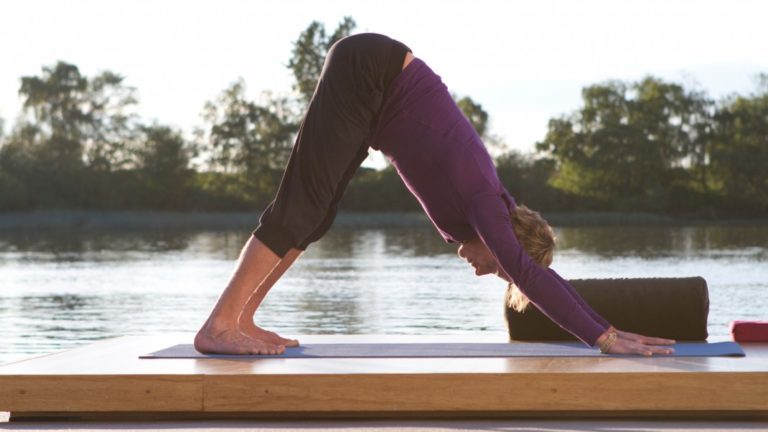
When I started practicing yoga several years ago, I must admit there was little thought to it. I was working shifts and yoga seems like the best activity to do after staying up all night at work. I’d tried running a few times and almost fainted. So I just chose the class in the gym nearest to 9am. Since those humble (and naive beginnings) I’ve become a bit more experienced, but I realize that when I started I had many misconceptions about yoga and what it was/was not.
Here are 5 things that I’ve learnt that I wish I’d known at the beginning of the journey.
- Go Slow
I think the biggest challenge for me was allowing the improvements to come slower. In running, you might take it up and six weeks later have lost all the weight, or improved your time by 20%. In yoga, the gains (seemingly) come slower. In reality, they probably come faster, but as it’s often difficult to gauge, it seems like it has taken you six months to get that one inch closer to your toes! I always tell friends interested in yoga not to expect miracles overnight. Along with the new surge of popularity in yoga and great results people get, some people expect too much, too soon. Be patient and it will come.
- Test, Test and Test
I tell new yogis to test different aspects of yoga before coming to a conclusion (like it’s not for them, or yoga is boring, or you don’t improve strength). We all come to activities with expectations and preconditioned beliefs about what we think is true, and this clouds our experience. I always suggest trying different styles of yoga, with different teachers—even if you really like the first one. This will give you perspective and a better platform to make a decision from. If you just go to one class and think, “Well that was too easy compared to what I’m used to”, then you are generalizing all yoga to that one experience. And this can have the power to affect whether you continue or not. Test teachers, styles, locations and formats. Then decide.
- The Mat is a Mirror for Life
What happens on the mat stays on the mat? Not really. How you perform on the mat is often a microcosm of your life. Are you scared to take a risk in that headstand? Are you concerned about what others think about your inability to do the splits? Do you constantly pick up on any errors you think the teacher is making? I once heard a speaker say, “How you do anything, is how you do everything.” And it’s often true. Are you always late and flustered for class? Do you think that it’s too easy for you and you have nothing to learn from it? Well, the mat is a mirror, so use it to get a better understanding of your own psyche.
- Find Out What You’re Sensitive To
It’s one of the seldom discussed aspects to yoga, but all that stretching, twisting and breathing can, well… release “tension” built up in the body, expelled through, well, you know where. And struggling to keep in a bit of flatulence is going to affect your practice. One thing I came to realize was just how what I ate affected my practice. So find out what might cause you to pass gas—typically it’s things like dairy, eggs, fried food, crisps/potato chips and many other products— for me it’s often almonds! Refrain from consuming anything that gets you going and you’ll be able to relax more.
- Make Mistakes, and Many of Them!
We heard it a lot as children. That it’s okay to make mistakes—as long as we learn from them. Well, somewhere in growing up we forgot that. But the thing is, in order to learn a new skill, we must make mistakes. The reason is that as we repeat certain activities, our neural connections in the brain get stronger. The more we do said activity or task, the more the connections strengthen. If you imagine the neural connections as copper wires that send information from one part of the brain to another, then the more you do something the stronger the signal becomes. However, a substance called myelin wraps around the ‘wire’ (like the insulating part of copper wires) and is important for keeping the signal in. And myelin grows and gets more insulating with deep practice. This is the kind of mindful practice where you make mistakes and then work to improve each time. So welcome the mistakes. Be conscious of where you go wrong and you will improve faster.
Broga: 6 Things Every Man New To Yoga Must Know
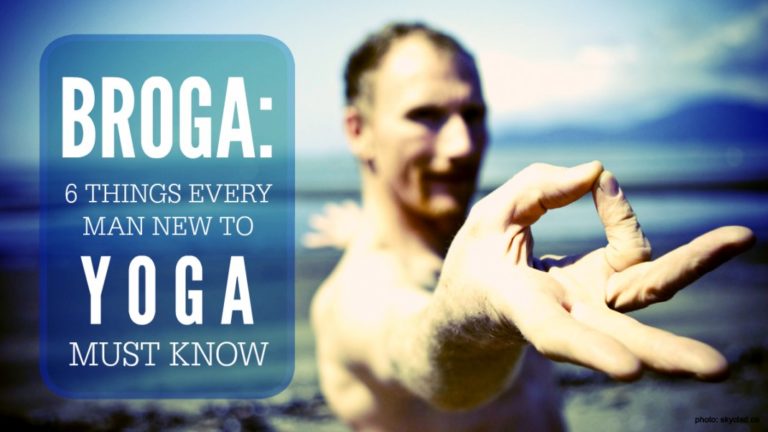
If you’re a man thinking of taking up yoga, or you’ve just started, then you must read this. It will save you time, confusion and even a bit of embarrassment.
Eyes Wide Shut Guys, when in down dog, learn to close your eyes and get into the pose. Why? One, to feel your way into a deeper stretch. Two, and perhaps more importantly, if you’re in front of a woman and she’s moving through her vinyasa, you could be making it awkward. You may want to be staring at your belly button, but trust me, those eyes may wander and make someone feel uncomfortable.
Kiss My Asana. When you’re in prasarita (a wide-legged forward bend) and you’re in a full class, please be considerate. Stagger your position with your neighbors, and as recommended in the point above, close your eyes. You also want to make sure you’re giving your female neighbors plenty of space coming in and out of the pose, just in case it looks like you’re trying to be a little too… neighborly.



